8 Essential Signs to Determine Sunlight Needs for Indoor Plants
Indoor plants often give subtle hints when they need more sunlight, affecting both growth and appearance. Dim lighting can lead to leggy growth, dull foliage, and slower development, which signals the need for brighter exposure.
Natural light is essential for photosynthesis, and even low-light plants have minimum sunlight requirements. Knowing when and how to adjust sunlight helps maintain healthy indoor greenery, ensuring lush leaves and vibrant colors.
Observing these signs can prevent plant stress and keep them thriving year-round. Here are 8 key signs that indicate your indoor plants need more sunlight:
Brown Tips And Leaves
Brown tips and leaves on your plants signal an underlying issue that needs attention. Insufficient light is often a culprit, but overwatering combined with excessive fertilizer can also contribute to this condition.
To remedy the situation, ensure your plant receives adequate sunlight while allowing the soil to dry out between watering sessions. Adjusting these factors will help restore vitality and promote healthier growth in your greenery.
Prioritize monitoring these aspects for optimal care of your plants.
Soil Stays Wet For Long
Soil moisture plays a crucial role in plant health. When the ground remains damp for several days, it often signals insufficient light or air circulation around your plants.
Ensuring that your greenery receives ample sunlight is essential for their growth and vitality. A well-illuminated environment promotes proper drying of soil, preventing stagnation and fostering healthier roots.
Assessing these conditions can greatly enhance the flourishing of your garden's inhabitants.
Plant Moves To The Lights Source
Ensuring your plants thrive involves positioning them near a light source.
When they lack adequate sunlight, you'll notice the stems elongating as they reach for brightness, which can lead to unhealthy growth.
To remedy this issue, simply rotate your plants regularly so that all sides receive equal exposure to light.
By doing this, you encourage balanced development and vibrant health in your greenery.
Faded Colors
Faded colors in plants indicate insufficient sunlight exposure.
Variegated varieties are particularly prone to this issue compared to their solid-colored counterparts.
If you notice dullness, it might be time to reassess your plant's location for better light access.
Ensuring ample sunlight can restore the vibrancy of your greenery, promoting healthier growth and a more lively appearance overall.
Smaller Leaves
When you notice your plants displaying diminutive leaves and lackluster foliage, insufficient sunlight could be the culprit.
Plants thrive on adequate light exposure to flourish properly.
If their roots are not getting enough sun, growth may suffer significantly.
Adjusting their location to a brighter spot can invigorate them remarkably.
Mushy Foliage
Mushy foliage signals an imbalance in a plant’s environment, primarily indicating excessive moisture paired with insufficient sunlight. This condition arises when the roots receive ample hydration yet lack the energy-giving rays of the sun.
To promote healthier growth, adjust your plant's exposure to light while maintaining proper watering practices. Recognizing these signs allows you to better care for your greenery and ensure it thrives under optimal conditions.
Monitoring both water levels and light availability can lead to vibrant plants flourishing in their spaces.
Leggy Growth
Leggy growth serves as a crucial indicator that your plants are craving additional sunlight. When you observe elongated stems and sparse leaves, it's time to reassess their light conditions.
These signs reveal that your greenery is stretching toward the nearest light source, struggling for brightness. To promote healthier development, consider relocating them to sunnier spots or using grow lights if natural options are limited.
Addressing this issue will help enhance the overall vitality of your indoor garden.
Pause On Growth
When you notice your plants struggling to flourish after several months, it's time to reassess their sunlight exposure. Insufficient light can lead them into a survival mode rather than promoting healthy growth.
Ensuring they receive adequate sunlight is crucial for vitality and flourishing foliage. You might need to adjust their placement or consider supplemental lighting if necessary.
Observing these signs early can help revitalize your garden's potential and keep it thriving in the long run.

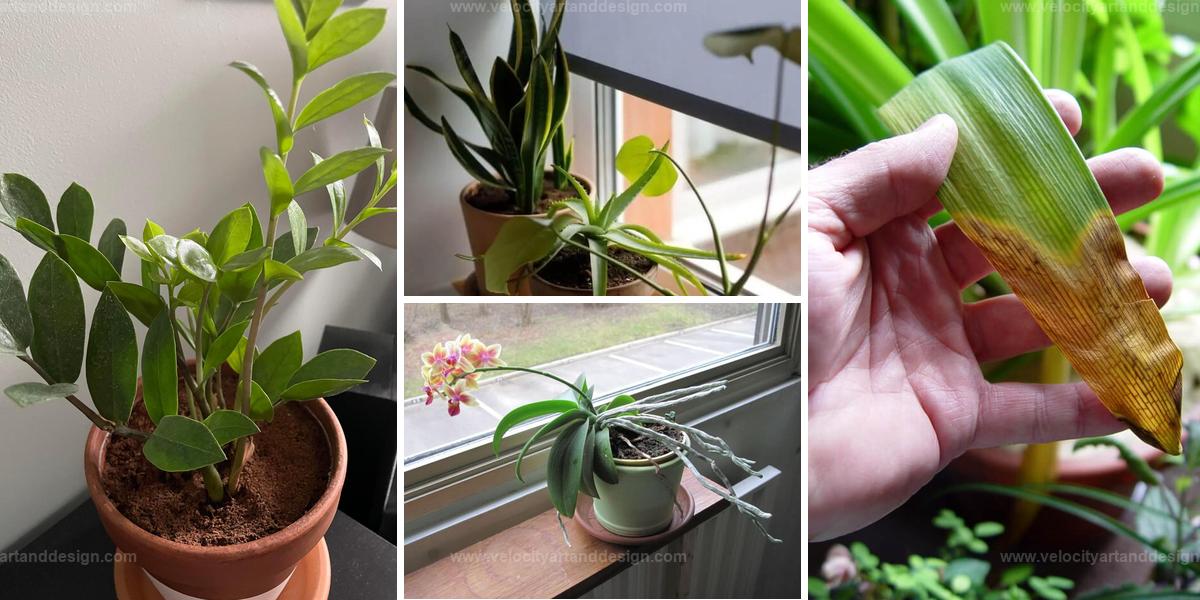
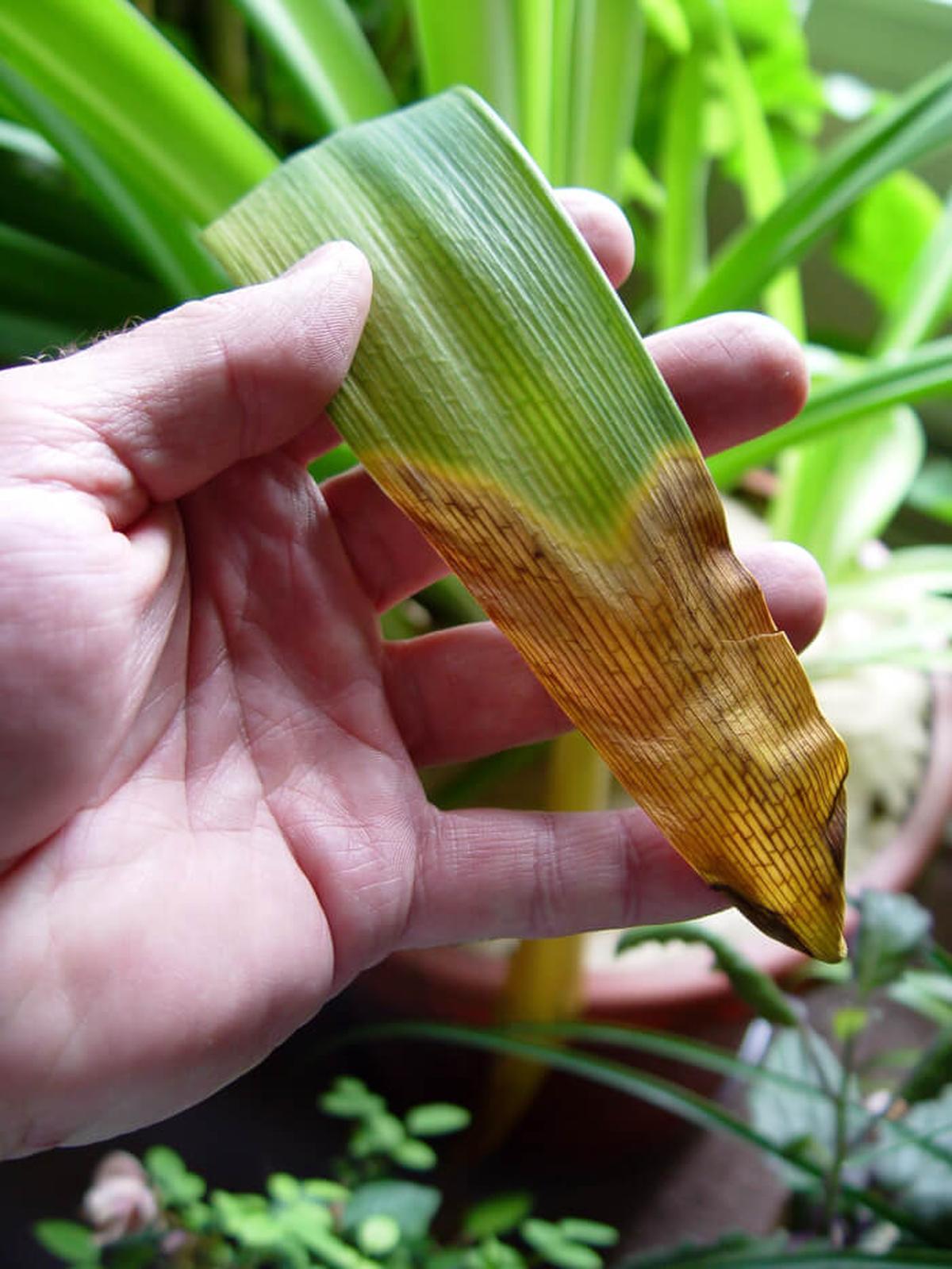
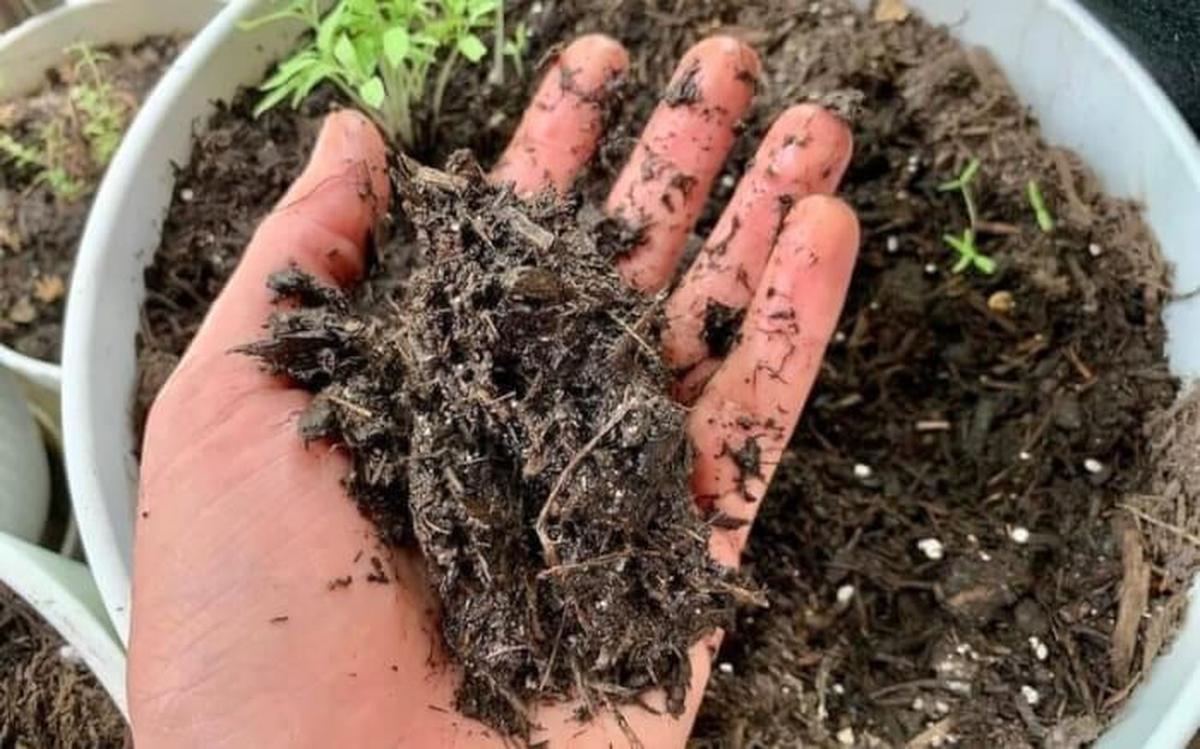
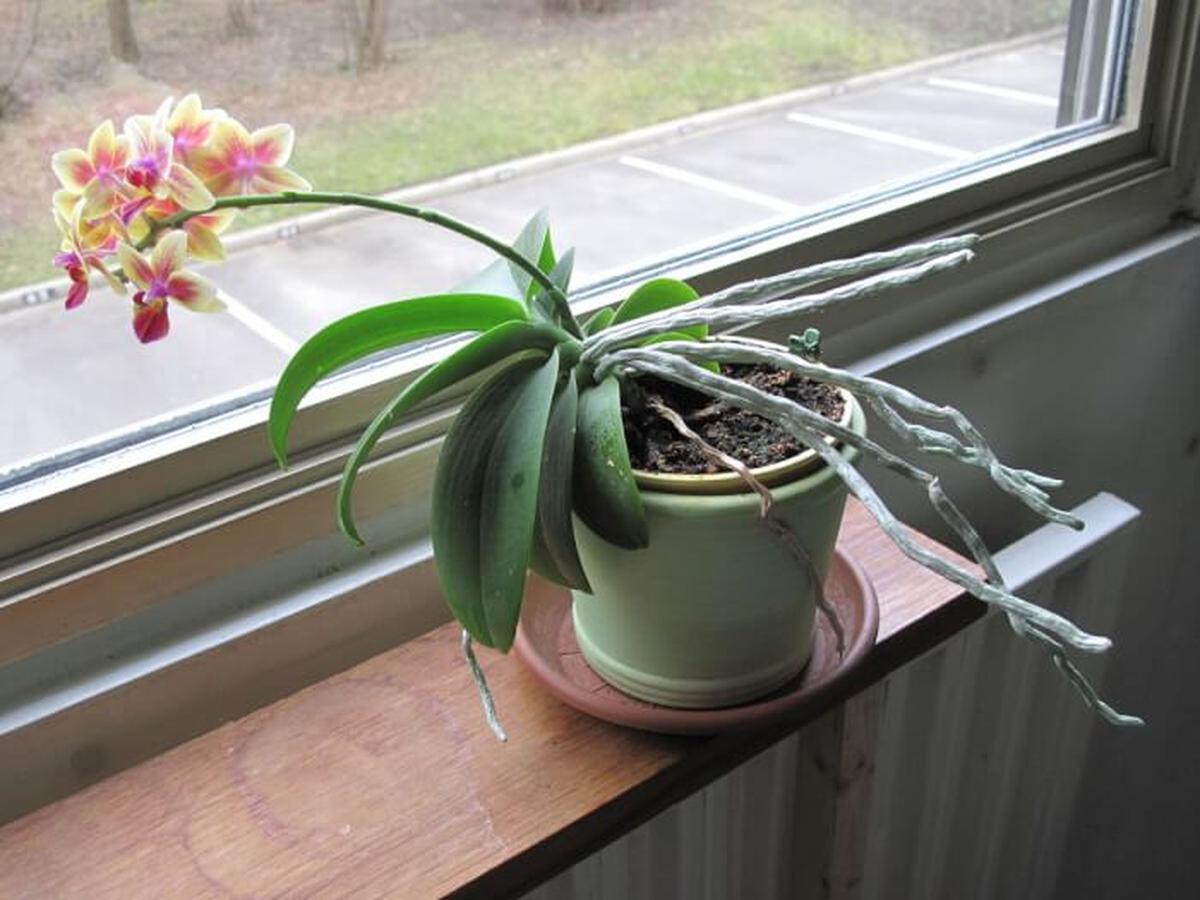
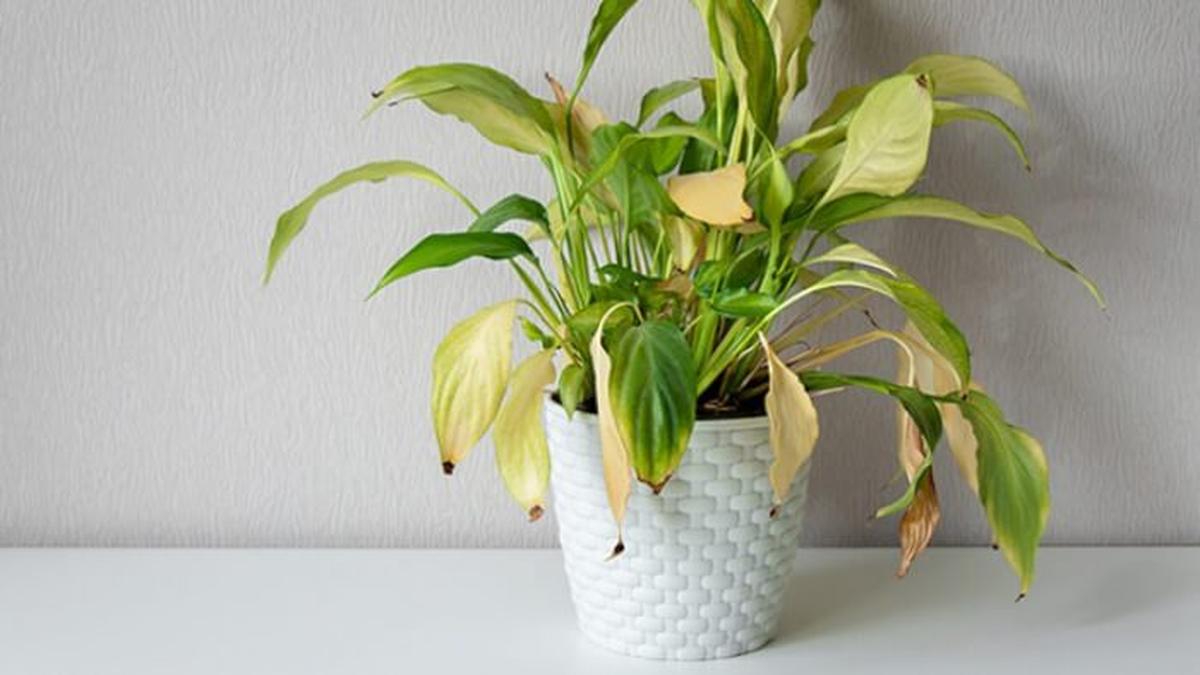
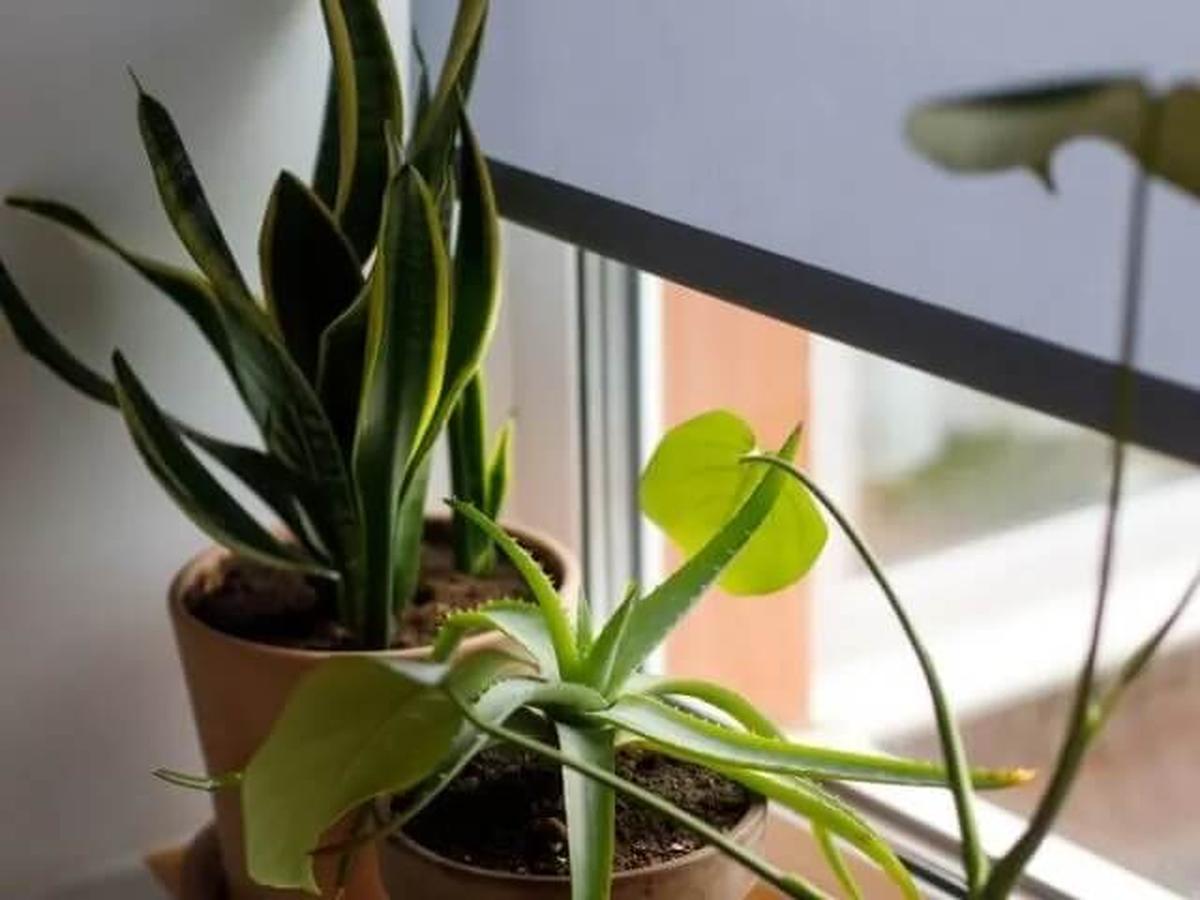
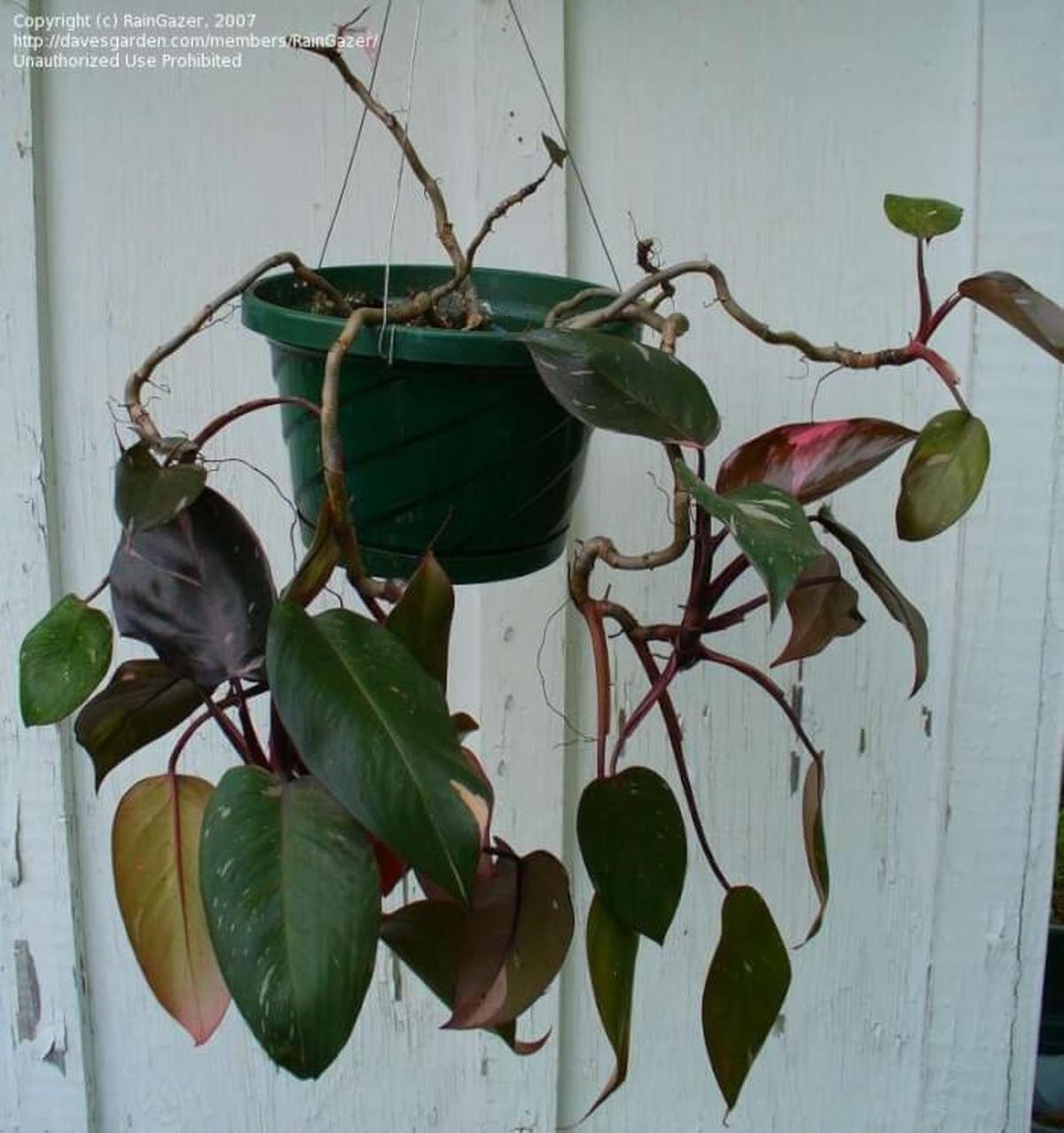
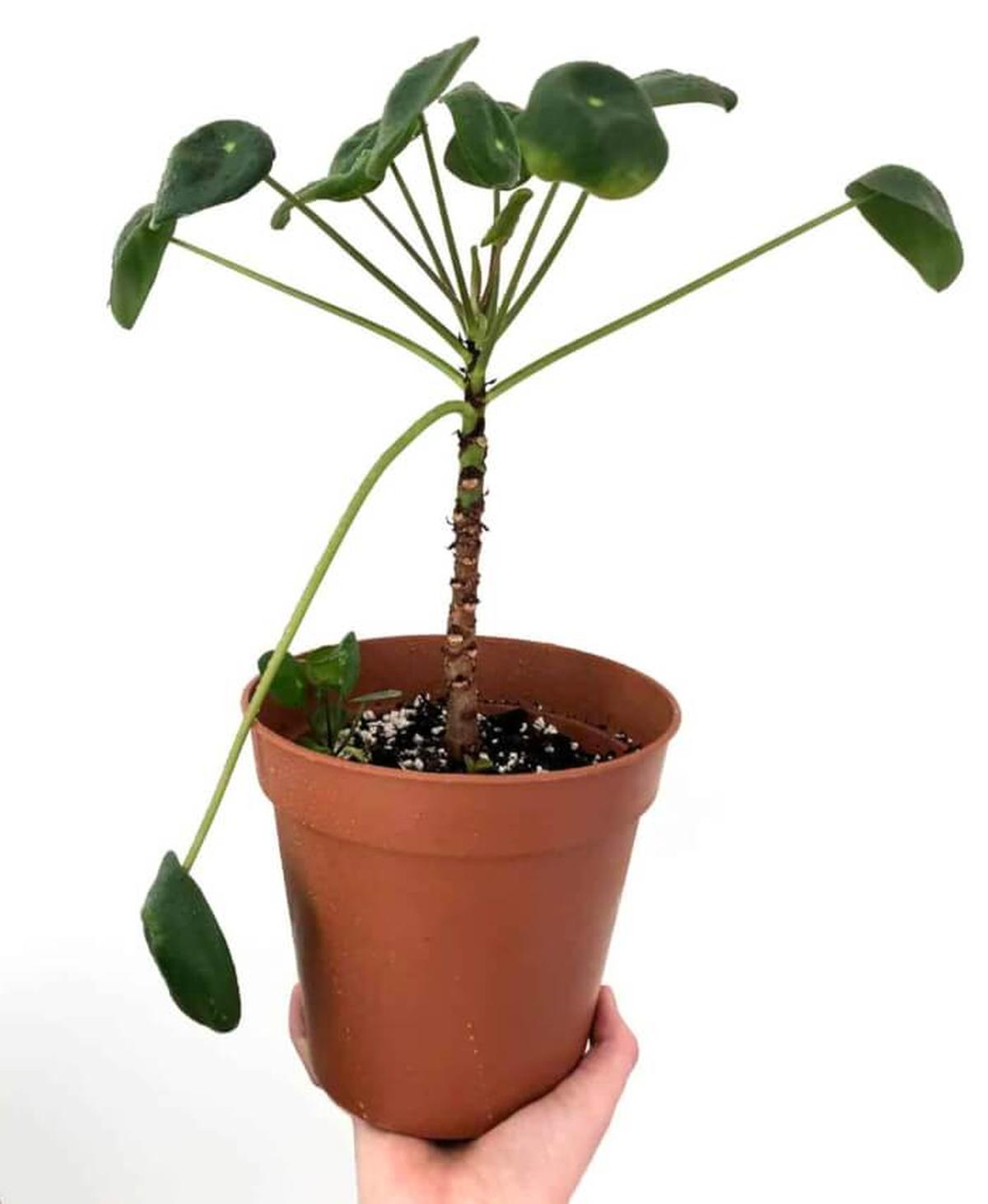
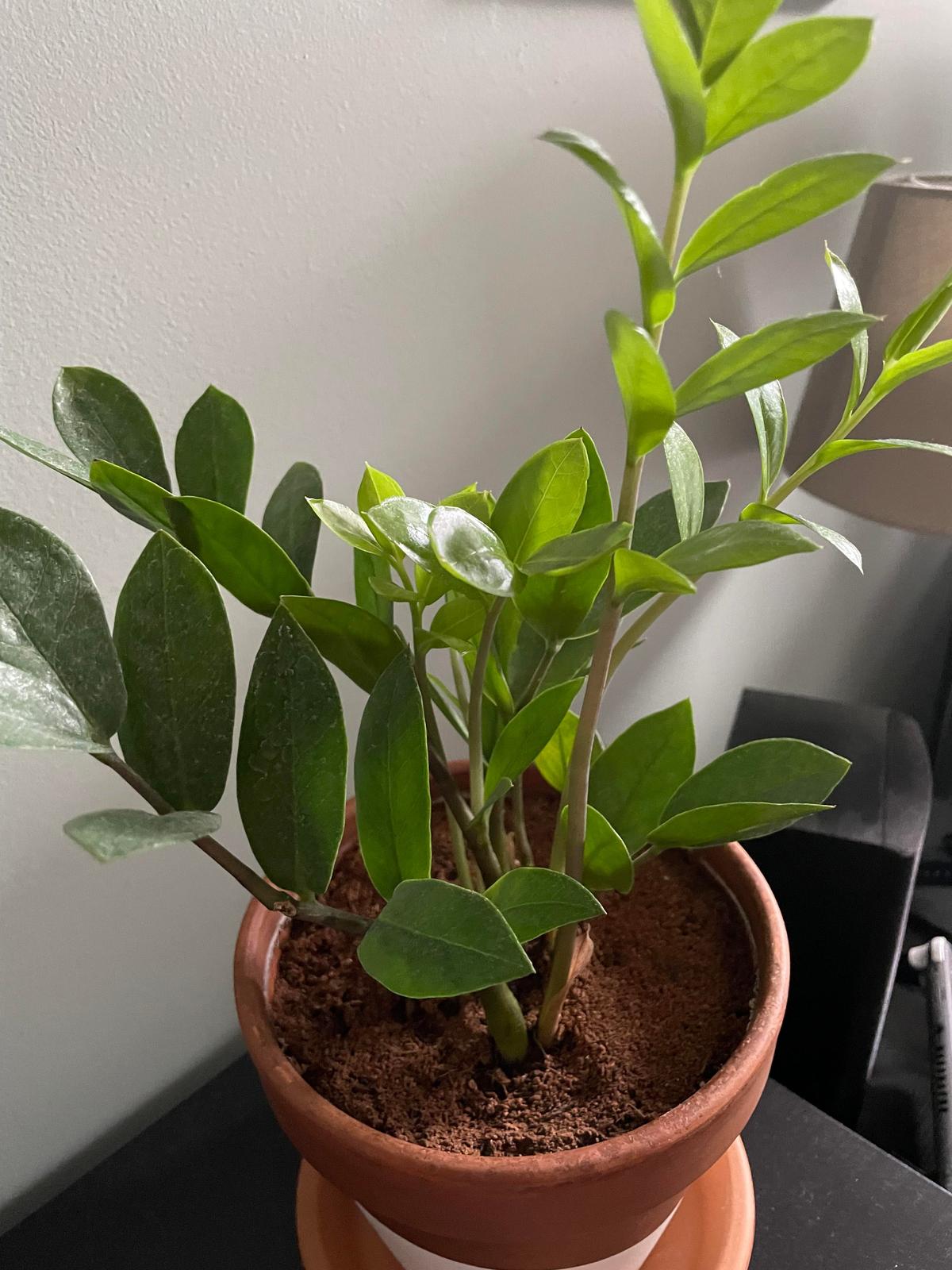
James Turner
Founder & Lead Designer
Expertise
Interior Design, Sustainable Design Practices, Spatial Planning, Innovative Material Applications, Contemporary Art Techniques, Visual Communication, Multimedia Artistry, DIY Design and Home Projects, Eco-Friendly Living Spaces, Creative Solutions
Education
University of Cincinnati College of Design, Architecture, Art, and Planning (DAAP)
Columbus College of Art & Design (CCAD), Columbus, OH
James Turner is the founder and lead designer at Velocity Art and Design. He studied Interior Design at the University of Cincinnati, focusing on eco-friendly design and smart use of space.
Later, he expanded his artistic skills with a Fine Arts Certificate from the Columbus College of Art & Design, where he learned about modern art and visual storytelling.
With over 10 years in design, James is passionate about making spaces that are both beautiful and practical. He shares his DIY tips and creative ideas to inspire others to explore their own creativity and transform their living spaces.